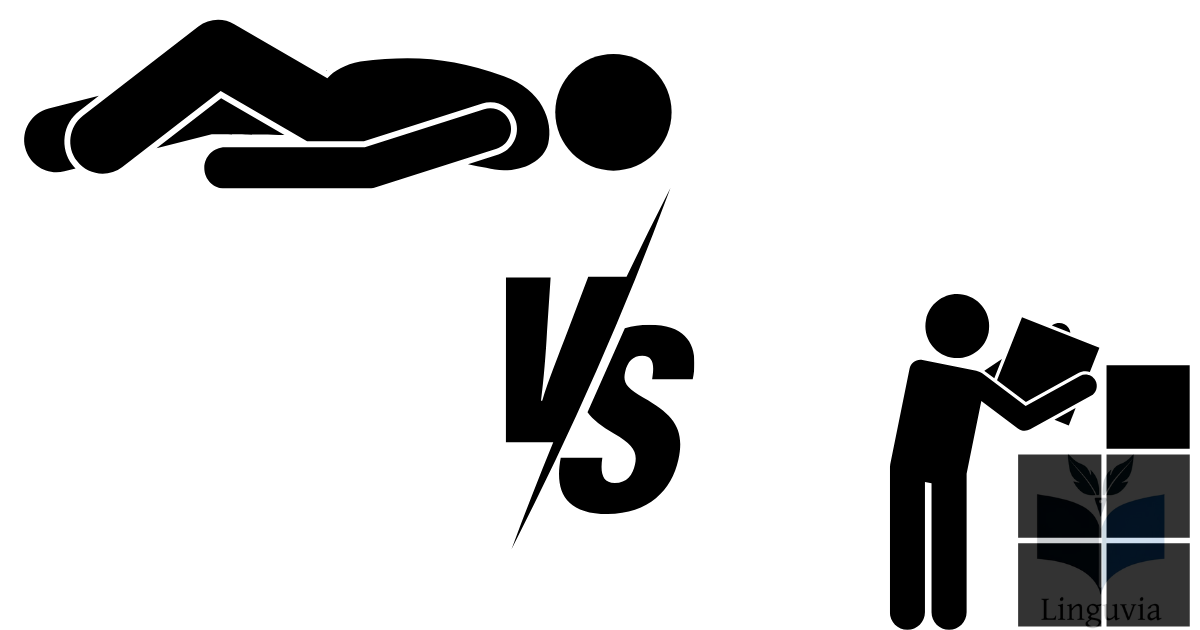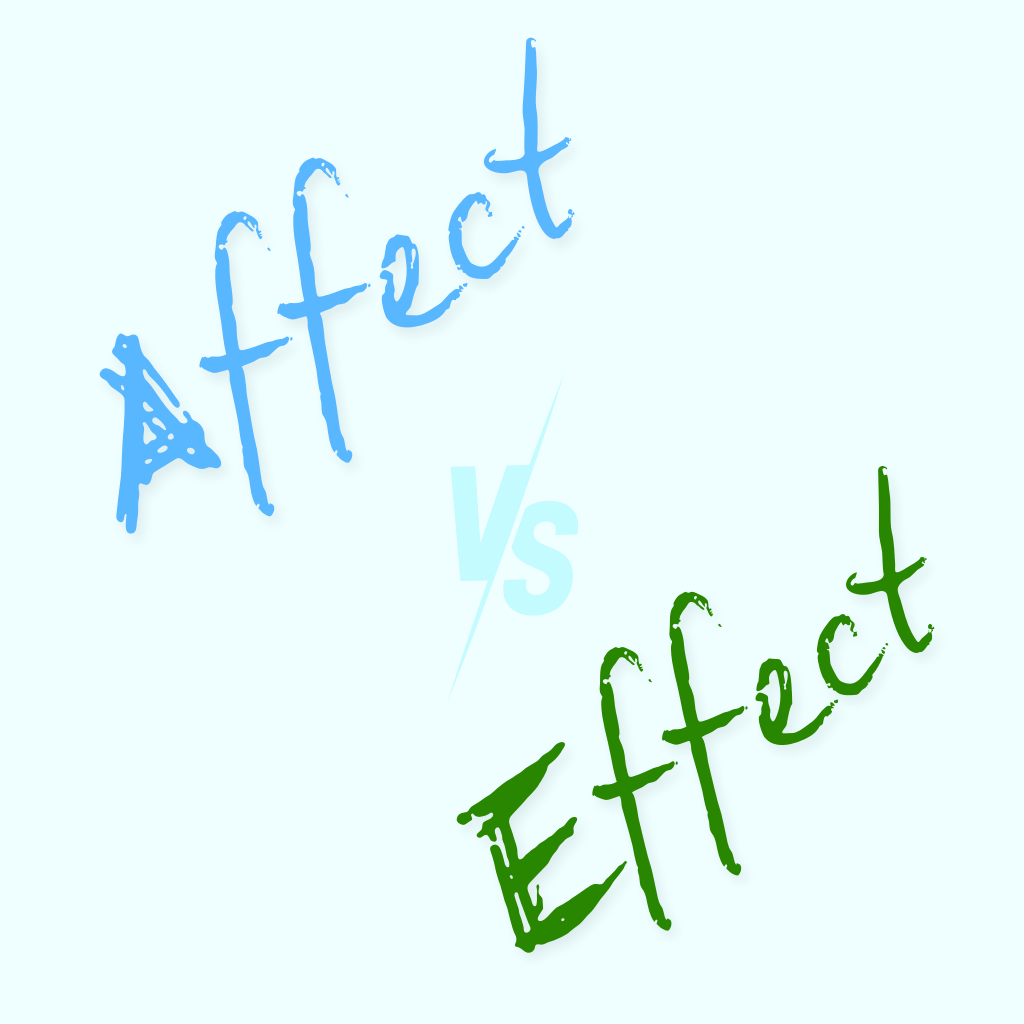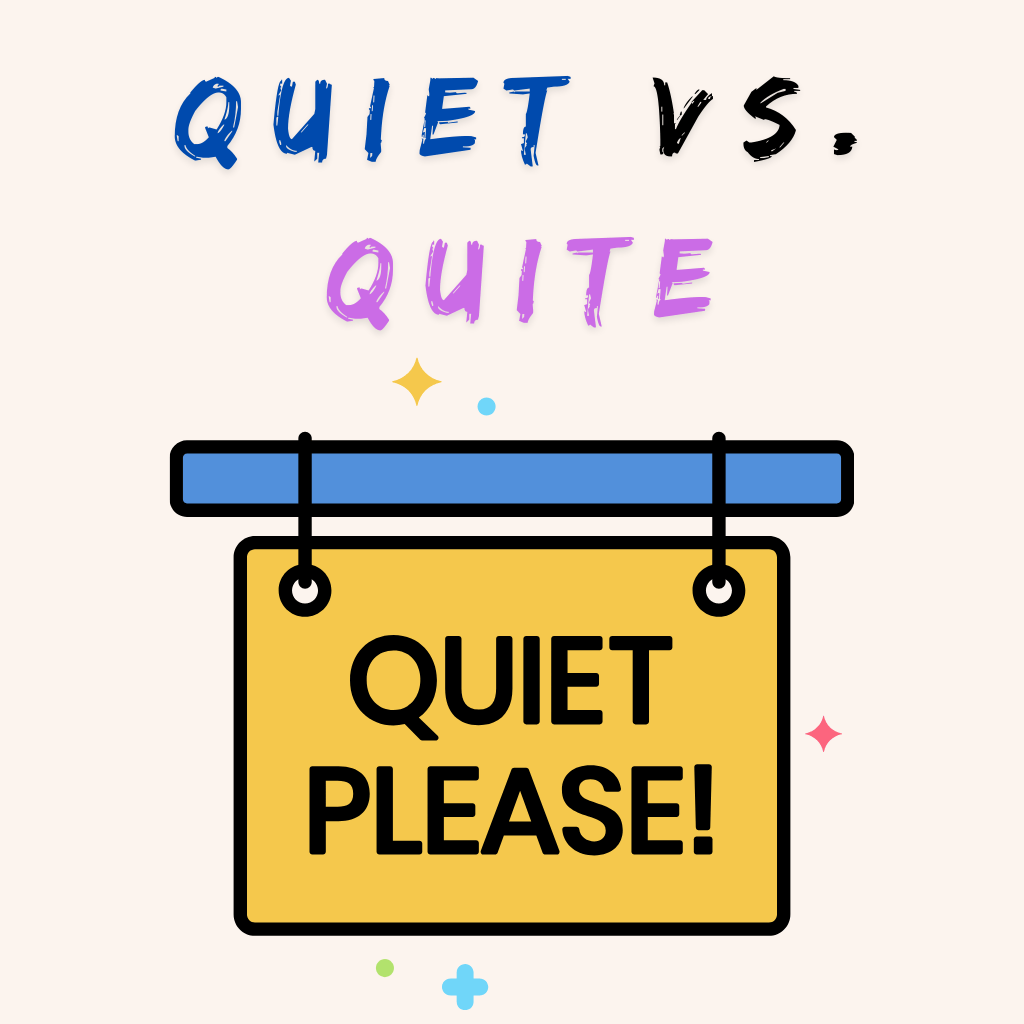These verbs cause confusion even among native English speakers! The difficulty comes from two factors: they have similar meanings about position/placement, and the past tense of lie is lay. Let's untangle this step by step.
Basic Difference
The fundamental difference is simple:
- Lie = to rest or recline by yourself (no object needed)
- Lay = to put or place something (needs an object)
Complete Verb Forms Table
Here's where it gets tricky. Pay attention to how these verbs change:
| Verb | Present | Past | Past Participle | Present Participle |
|---|---|---|---|---|
| lie (rest) | lie | lay | lain | lying |
| lay (put) | lay | laid | laid | laying |
💡 Notice that the past tense of lie is lay, which is also the present tense of lay. This is why people get confused!
Understanding Lie
Lie means to rest or recline – something you do by yourself. No object is needed.
Examples in Different Tenses:
- Present: I lie down every afternoon
- Past: She lay in bed all morning
- Past Participle: He has lain there for hours
- Present Participle: The cat is lying in the sun
Common Uses of Lie:
- To rest: I need to lie down
- Location: The beach lies to the east
- Position: The book lies on the table
- State: The solution lies in teamwork
Understanding Lay
Lay means to put or place something – you need an object to lay.
Examples in Different Tenses:
- Present: I lay the book on the table
- Past: She laid the baby in the crib
- Past Participle: He has laid the cards out
- Present Participle: They are laying new carpet
Common Uses of Lay:
- Put something down: Lay the paper here
- Place items: Lay the table for dinner
- Install: They're laying new pipes
- Produce: The hen lays eggs
Comparison in Context
Here's how these verbs work in different situations:
| Situation | Lie (rest/recline) | Lay (put/place) |
|---|---|---|
| Bed | I lie down to rest | I lay the blanket on the bed |
| Books | Books lie on the shelf | I lay books on the shelf |
| Animals | Dogs lie in the sun | Hens lay eggs |
| Objects | Papers lie scattered | Please lay the papers here |
| Rest | She lies down | She lays her head on the pillow |
Common Expressions and Their Tenses
Let's see how these verbs work in common phrases:
With Lie:
- Present: Here lies the truth
- Past: The answer lay in the data
- Perfect: The secret has lain hidden
- Progressive: Success is lying within reach
With Lay:
- Present: Lay your cards on the table
- Past: She laid the foundation
- Perfect: They have laid plans
- Progressive: We are laying groundwork
Practice Section
Complete these sentences with the correct form:
- The cat _____ (lie) in the sun all morning.
- Please _____ (lay) your coat on the chair.
- He had _____ (lie) there for hours.
- They are _____ (lay) new tiles in the bathroom.
- The solution _____ (lie) in better communication.
Quick Decision Guide
Ask yourself:
- Is something/someone resting or reclining by itself?
• Yes → Use lie
• Example: I lie down (you rest by yourself) - Are you putting or placing something somewhere?
• Yes → Use lay
• Example: I lay the book down (you place the book)
Special Cases and Common Mistakes
Most Common Errors:
❌ I want to lay down (incorrect)
✅ I want to lie down (correct – you're reclining)
❌ The book is laying there (incorrect)
✅ The book is lying there (correct – it's resting)
❌ She laid in the sun (incorrect)
✅ She lay in the sun (correct – past tense of lie)
Memory Tips
- Recite this: I lie down; I lay something down
- Remember: If you can replace it with put, use lay
- Think: Lie is what you do to yourself; lay is what you do to something else
Final Review Table
| Meaning | Present | Past | Example |
|---|---|---|---|
| To recline (lie) | lie | lay | I lie down; I lay down yesterday |
| To place (lay) | lay | laid | I lay it here; I laid it here yesterday |
** Answers with Explanations:
- lay (past tense of lie – no object)
- lay (present tense of lay – has object coat)
- lain (past participle of lie)
- laying (present participle of lay – has object tiles)
- lies (present tense of lie – no object)




